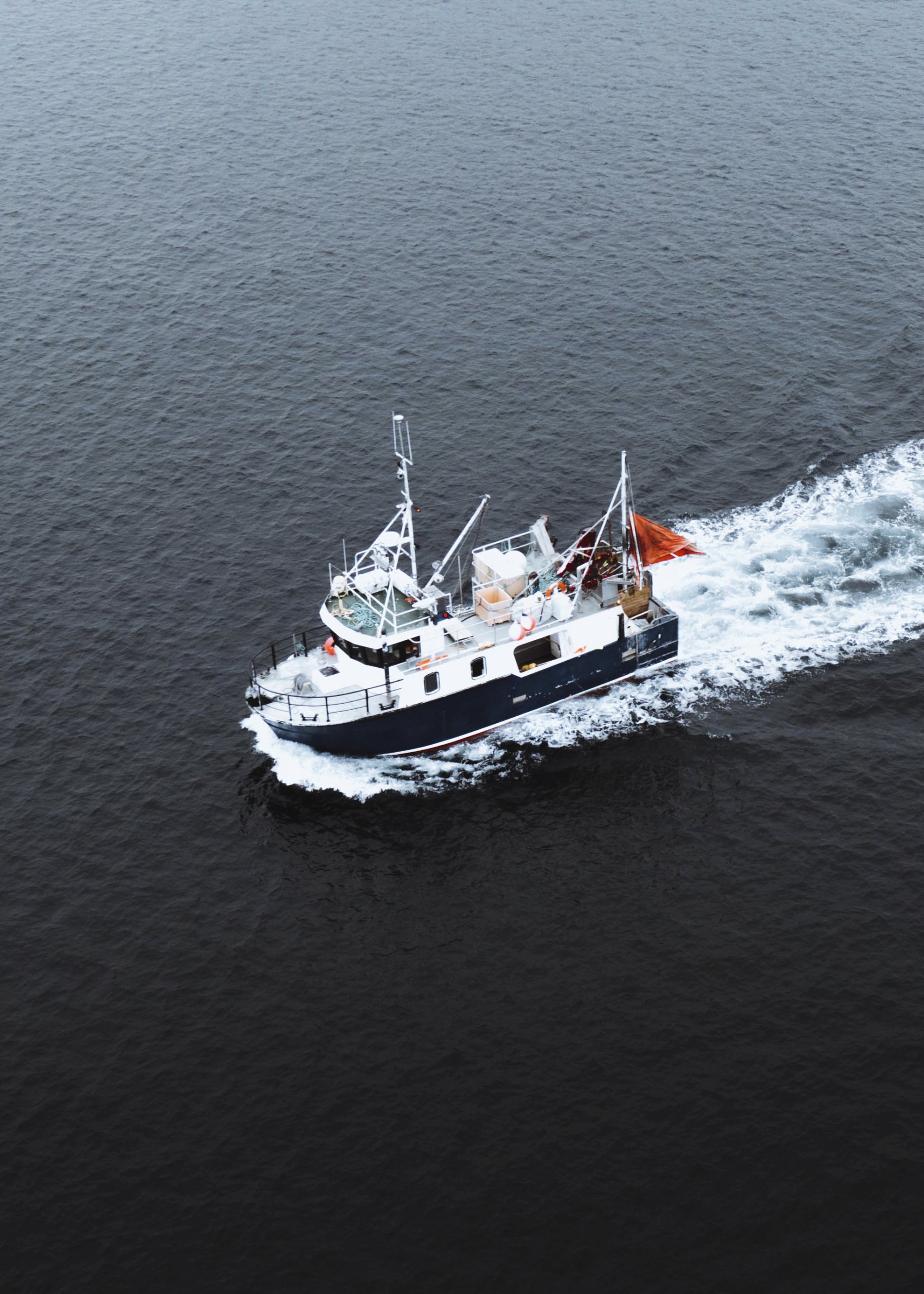An ecosystem approach to fisheries management requires consideration of the impacts of spatial management measures, such as area closures, on economic and environmental factors. Understanding how spatial management impacts the productivity and distribution of fished species, fishing income, and the environment improves the accuracy of predicted changes under different climate and management scenarios, enabling informed management decisions.
This report synthesises work from across the SEAwise Spatial Management Impacts theme – bringing together research on all spatial aspects of stocks and fisheries, from environmental drivers to habitat change and management options.

This report draws together several streams of research, including:
These factors were considered across all of SEAwise’ case study regions: Western Waters (Bay of Biscay; Celtic & Irish Seas), North Sea, Central & Eastern Mediterranean (Adriatic, Ionian Seas), Western Baltic.
The scenarios investigated suggest that the prohibition of certain fishing practices to limit the risk of bycatch and the degradation of benthic habitats, in both currently designated MPAs and in fit-to-purpose areas, will significantly impact the overall fisheries economy and commercial fish populations. However, this level of protection and displacement from regional-scale closures seems more effective than restrictions in currently designated MPAs only.
Findings highlight that spatial management must be complementary to other management strategies such as effort limits, gear restrictions, and quota management. Imposing strict spatial measures alone, such as closure areas, can have unintended effects, especially in the short-term. As with any management strategy, clear governance, stakeholder engagement, and incentive structures are important to success. The report also highlights that in the long-term, environmental factors such as climate change could affect fish, fisheries productivity, and marine ecosystems beyond existing management, and therefore, adaptive management is essential to respond to these changes.
The findings of this work theme have been used in the SEAwise online EBFM Tool and SEAwise Toolbox.
Read the full report here.
Stay up to date with SEAwise news and research, hear about upcoming events, and receive updates on fisheries news from across the European seascape.